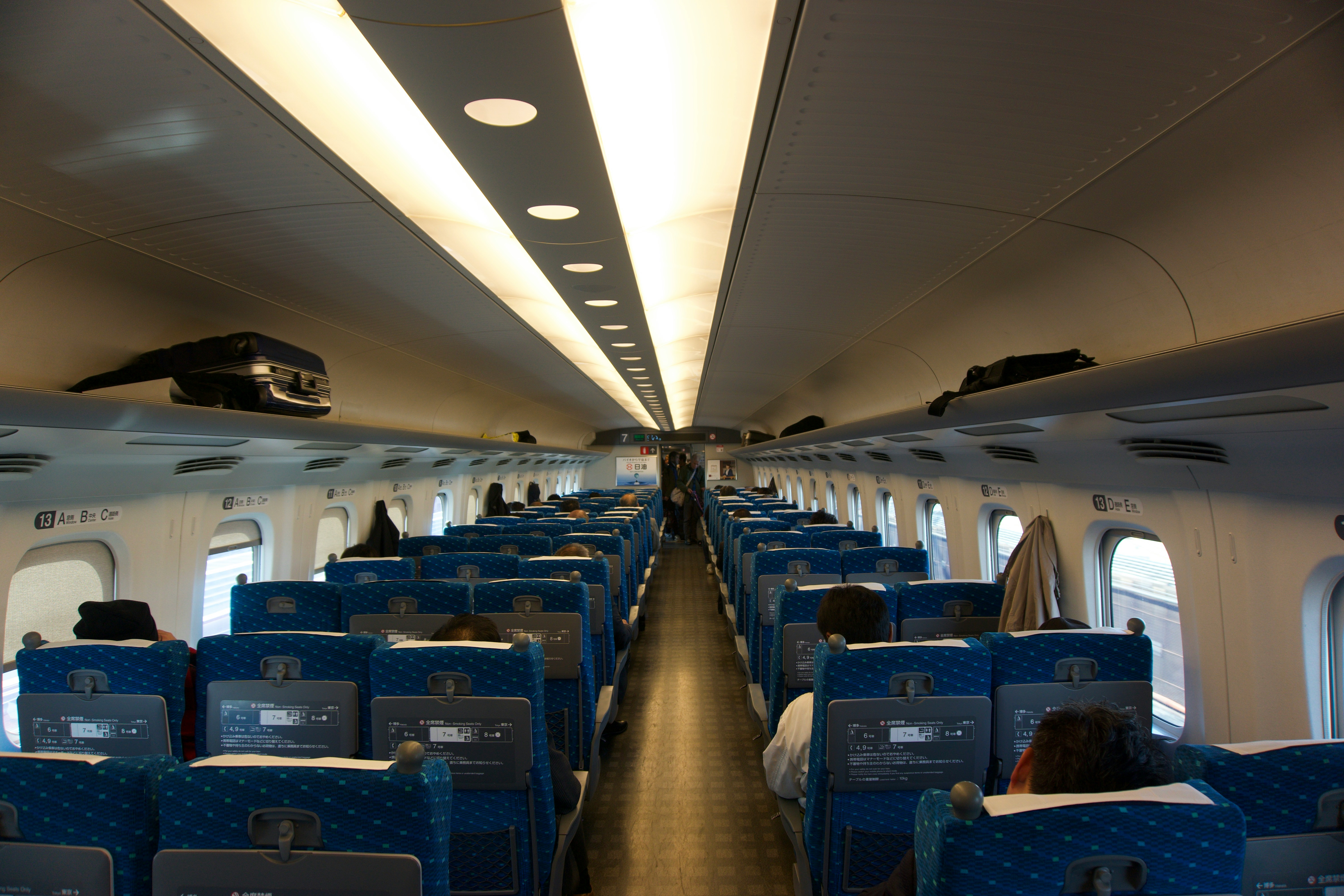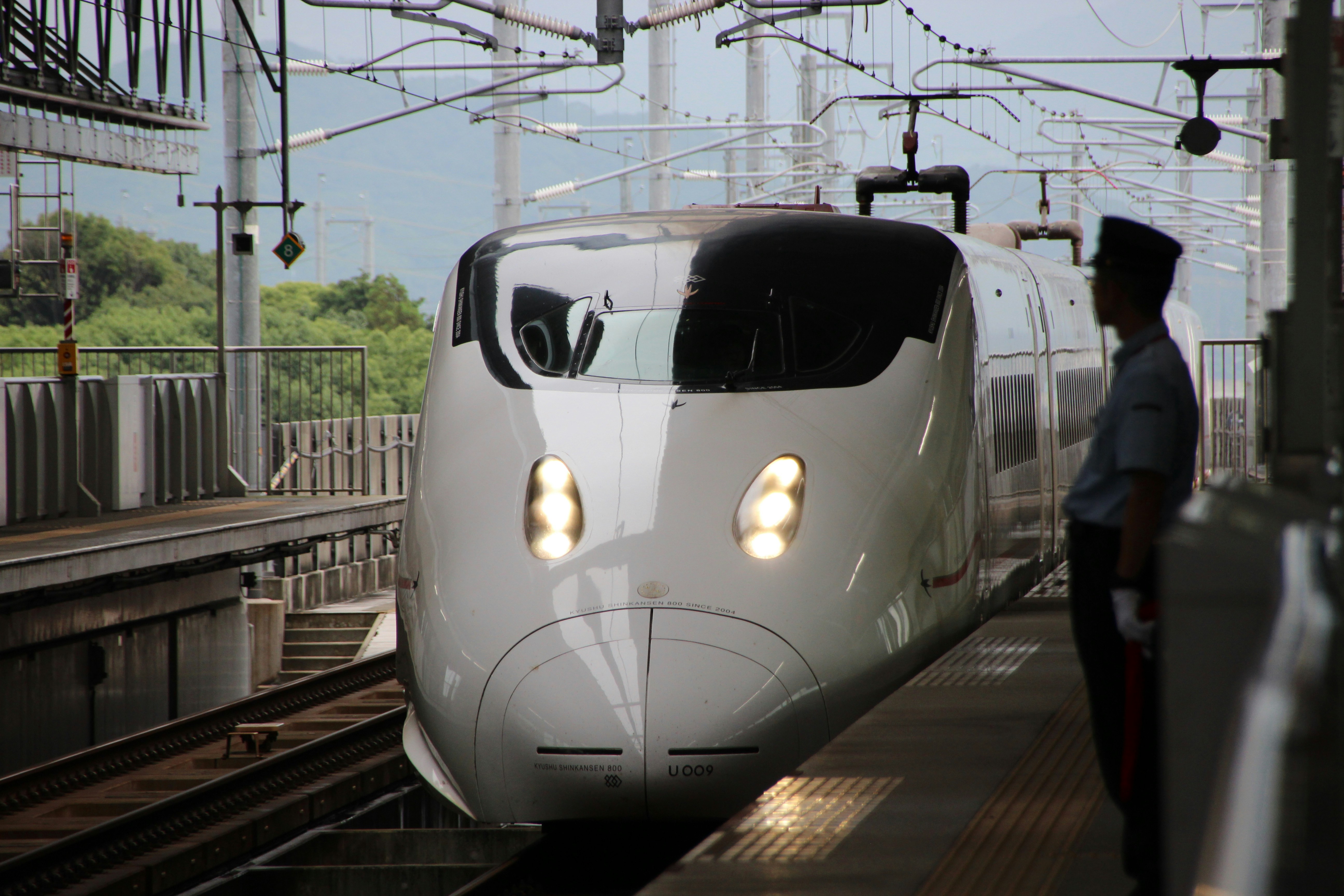Shinkansen Group Booking & Rail Logistics
Author
Shun
Date Published

The Shinkansen remains the backbone of domestic business mobility in Japan. For conferences and offsites, it connects major city clusters faster than domestic flights while maintaining unmatched punctuality and comfort. Yet the same precision that makes it appealing also means strict procedures and narrow margins for error. Group travel requires careful timing, official name lists, and compliance with luggage and safety regulations that differ from individual bookings.
For planners coordinating 100 to 500 participants, JR’s group systems, name-list protocols, and luggage logistics demand precise timing. A single missed deadline or platform mix-up can cascade into venue delays, missed meetings, or unnecessary overnight stays.
This playbook translates JR’s procedures into a practical workflow. It outlines how to book group seat blocks, handle luggage and porter arrangements, organize platform briefings, and create backup options for rail disruptions. Each section reflects how professional planners manage on-site flow while maintaining compliance with JR Group policies and insurance coverage.

Group Seat Blocks and Name-List Timing
Securing Shinkansen seats for large groups requires more than just an online booking. JR Group operates a dedicated Group Ticket Desk system that mandates a confirmed name list and seat count several weeks before departure. For popular routes like Tokyo–Osaka or Tokyo–Kyoto, group allocations can close up to a month early.
To de-risk approvals, planners must synchronize ticketing schedules with final participant confirmation and venue arrival time.
Key points:
- Standard group booking window opens 90 days before departure.
- Name lists must be finalized at least 14 days prior for non-charter trains.
- JR issues one group ticket folder containing all seat assignments.
- Payment must be settled within three business days of confirmation.
Checklist for planners:
- Lock travel dates before hotel contract signing.
- Submit draft name lists by the first deposit deadline.
- Cross-check seat count against final delegate roster.
- Store both digital and printed copies of all ticket folders.
I include a clause requiring the DMC or travel bureau to provide written acknowledgment of ticket confirmation and name-list acceptance before the final deposit is released. Planners should coordinate all timing tables in a single shared document to align ticket issuance with hotel check-in and session schedules.
Oversize Luggage and Porter Solutions
Since JR’s 2020 regulation update, oversize baggage above 160 cm (sum of three dimensions) requires a reserved storage area in the last car of most Shinkansen types. Unregistered large luggage can incur fines or even boarding refusal. For group travel, this means early identification of delegates carrying exhibition kits, AV cases, or large suitcases.
Planners must integrate porter services and luggage forwarding (Takkyubin) into the movement plan. On busy routes, these pre-shipped deliveries ensure smooth boarding and uncluttered aisles.
Key points:
- Oversize baggage reservations close 48 hours before departure.
- One car per train usually offers up to five large-item slots.
- JR limits baggage over 250 cm or 30 kg entirely.
- Same-day forwarding is available from most major hotels in Tokyo, Osaka, and Nagoya.
Checklist for planners:
- Collect luggage size data in the registration form.
- Pre-book baggage slots when confirming group seats.
- Arrange Takkyubin pickup a day before departure.
- Confirm porter availability at departure and arrival stations.
I include a clause requiring the travel bureau or DMC to verify oversize reservations and provide a summary of all registered items at least 48 hours before train time. Planners should brief delegates on the 160 cm rule during orientation to prevent boarding delays and repacking on-site.
Platform Meeting Points and Wayfinding
JR stations handle thousands of passengers every minute, so group coordination must rely on visible meeting points, bilingual signage, and timed dispatch. Poor platform coordination is the single most visible point of failure in group rail travel.
Even a one-coach separation or a missed marshal signal can trigger safety interventions or liability under JR’s crowd-control regulations. For multi-coach bookings, one missed section can fragment the entire schedule. The best approach is to divide participants into color-coded subgroups with separate marshals.
Pre-event rehearsals at the station simplify crowd management and minimize security intervention.
Key points:
- Tokyo, Shinagawa, and Kyoto stations have designated Group Assembly Zones.
- Meeting points should be within 30 meters of the ticket gate to avoid congestion.
- JR platform staff can open access gates early for official groups.
- Announcements are available in Japanese and English on most lines.
Checklist for planners:
- Conduct a platform walk-through with JR staff before event day.
- Assign group marshals to each coach section.
- Print bilingual meeting signs with clear color coding.
- Record contact details of station control staff in the master schedule.
I include a clause stating that all marshals must carry a JR-approved group authorization slip for re-entry after platform inspection. Planners should test the full boarding process once before delegate arrival to ensure group flow from gate to coach remains under five minutes per batch.

Backup Plans for Delays and Suspensions
Although the Shinkansen’s punctuality exceeds 99 percent, weather disruptions and equipment checks can still suspend operations, particularly in typhoon or heavy snow seasons. Group planners must have both an immediate standby plan and a communications chain ready for activation.
Contracts with JR-approved travel agencies should include clauses allowing for ticket revalidation or partial refunds during service interruptions.
Key points:
- JR notifies travel agents of major suspensions at least one hour in advance.
- Alternate limited express routes can operate during partial closures.
- Hotels near interchange stations maintain day-use rooms for emergency stopovers.
- Group insurance can cover meals and local transfers during delays.
Checklist for planners:
I include a clause granting the organizing bureau authority to authorize alternate rail or air travel without additional approval if the disruption exceeds two hours. Planners should conduct a brief risk audit before departure during peak weather months and log all alternate travel decisions for post-event reporting.
Rail vs Air Cost and CO₂ Comparisons by Route
For domestic conferences, the decision between rail and air often balances time, cost, and environmental metrics. Between Tokyo and Osaka, rail travel produces roughly 85 percent less CO₂ than a domestic flight. On routes under 800 km, the Shinkansen remains both faster and greener once transfer times and security checks are factored in.
Understanding these benchmarks helps planners justify travel-mode selection to both finance and sustainability teams.
Route | Shinkansen Travel Time | Average Group Fare (JPY) | CO₂ vs Air (approx.) |
|---|---|---|---|
Tokyo – Osaka | 2 hr 30 min | ¥14,000 | 15% of air equivalent |
Tokyo – Nagoya | 1 hr 40 min | ¥11,000 | 18% of air equivalent |
Tokyo – Hiroshima | 4 hr | ¥19,000 | 22% of air equivalent |
Tokyo – Fukuoka | 5 hr | ¥23,000 | 25% of air equivalent |
Checklist for planners:
I include a clause requiring travel vendors to provide CO₂ emission data per route and ticket batch for inclusion in corporate ESG reporting.

Planners should maintain both cost and sustainability summaries in the post-event record for internal benchmarking and compliance tracking. By benchmarking both cost and CO₂ early, planners also prevent policy-driven last-minute switches from rail to air—one of the most common causes of rebooking loss and seat allocation risk.
FAQs
1. How early should group bookings be made for the Shinkansen?
At least two months in advance, ideally 90 days before departure, to secure continuous seat blocks.
2. Can luggage be shipped separately for large groups?
Yes. Use Takkyubin or hotel porter services one day before travel to avoid oversize restrictions.
3. Are group discounts available on JR passes?
Corporate or academic groups can apply for negotiated rates through registered travel bureaus.
4. What happens if a Shinkansen is delayed or canceled?
Tickets can be revalidated or refunded through the booking bureau, and backup routes can be activated under prior agreement.
5. Is rail greener than domestic air travel?
Yes. On Tokyo–Osaka and Tokyo–Nagoya routes, emissions per passenger are less than one-fifth of air equivalents.
Conclusion
The Shinkansen remains Japan’s most precise and sustainable way to move large groups, but precision only holds when every procedure is tracked. By securing name lists early, coordinating luggage and platform logistics, and establishing contingency and emission frameworks, planners eliminate nearly all rail-related risk.
Planners preparing 2025 programs should finalize seat allocations at least two months ahead, confirm luggage forwarding a week prior, and rehearse platform flow with on-site marshals before departure. Those ready to formalize travel schedules can complete their preliminary group brief and submit travel details through the intake form to receive customized timetables and cost comparisons for review.